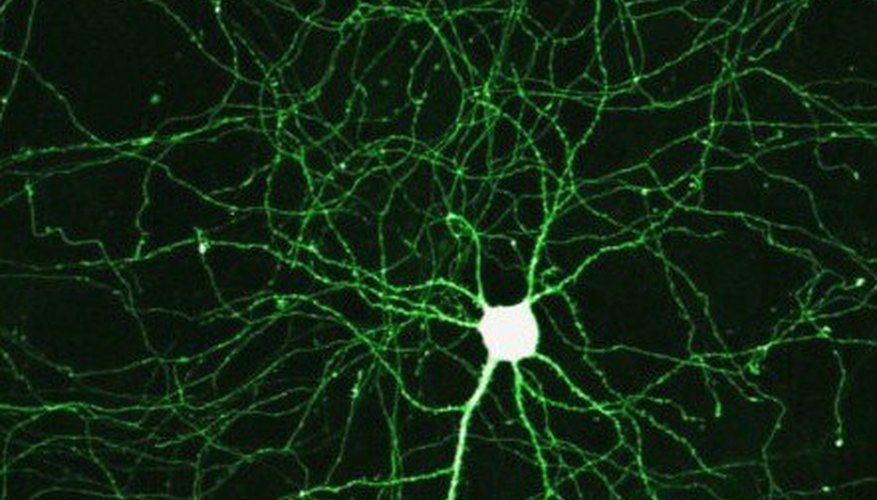Cerebral arteritis, also known as cerebral vasculitis or central nervous system (CNS) vasculitis, is an inflammation of small and medium-sized arteries in the brain. The cause of cerebral arteritis is unknown. The condition can arise slowly or suddenly. Diagnosis is complicated because many of the symptoms of cerebral arteritis can mimic those of other diseases or conditions.
Causes
The cause or causes of cerebral arteritis are not known. Cerebral arteritis may be initiated by a virus that leads to a sustained arterial inflammation process. There is anecdotal evidence that benign angiopathy of the central nervous system (BACNS) has been associated with heavy smoking, heavy caffeine intake or use of oral contraceptives and cold remedies, but these associations haven't been proven. Other conditions that have been implicated include rheumatological and connective tissue diseases such as arthritis and lupus, granulomatosis, inflammatory bowel disease, sarcoidosis and local infections. Some drugs can also cause vasculitis/arteritis problems.
- The cause or causes of cerebral arteritis are not known.
- Some drugs can also cause vasculitis/arteritis problems.
Types of Cerebral Arteritis
According to The Johns Hopkins Vasculitis Center, there are two forms of cerebral vasculitis that differ in degree. The more serious form of the disease is primary angiitis of the central nervous system (PACNS), which affects both sexes approximately equally. The milder form, BACNS, tends to strike young women.
Symptoms
Symptoms of cerebral arteritis are generalised and can include fever, fatigue, weight loss, diffuse aches and pain, disorientation, impaired memory recall, distorted perception, emotional problems, headache, slurred speech, gait problems, central facial paralysis, vision problems and seizures. Symptoms typically come on quickly in people with BACNS, and they are diagnosed within weeks of disease onset. People with PACNS tend to develop milder symptoms slowly and may not be diagnosed for months.
Diagnosis
Preliminary diagnosis is typically made using angiography or magnetic resonance imaging. A brain biopsy is the only definitive test for cerebral arteritis.
Treatment
Getting the appropriate, aggressive treatment quickly is extremely important because cerebral arteritis can be fatal. Until recently, the average time from diagnosis to death was 45 days. Typical treatment of cerebral arteritis begins with high doses of the steroid prednisone. If the patient doesn't respond to prednisone within a month, cyclophosphamide therapy is added. Patients with BACNS sometimes also receive calcium channel blockers to treat high blood pressure and vascular spasms. Treatment of cerebral arteritis may need to be continued for a year or longer.
- Getting the appropriate, aggressive treatment quickly is extremely important because cerebral arteritis can be fatal.
- Patients with BACNS sometimes also receive calcium channel blockers to treat high blood pressure and vascular spasms.
